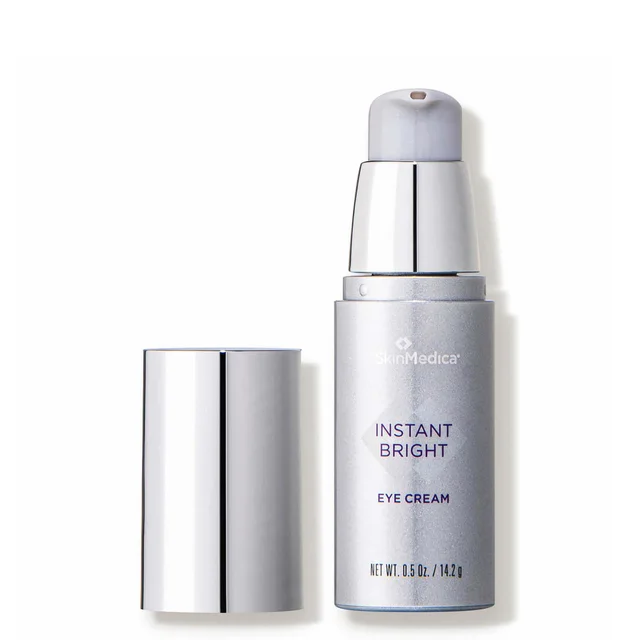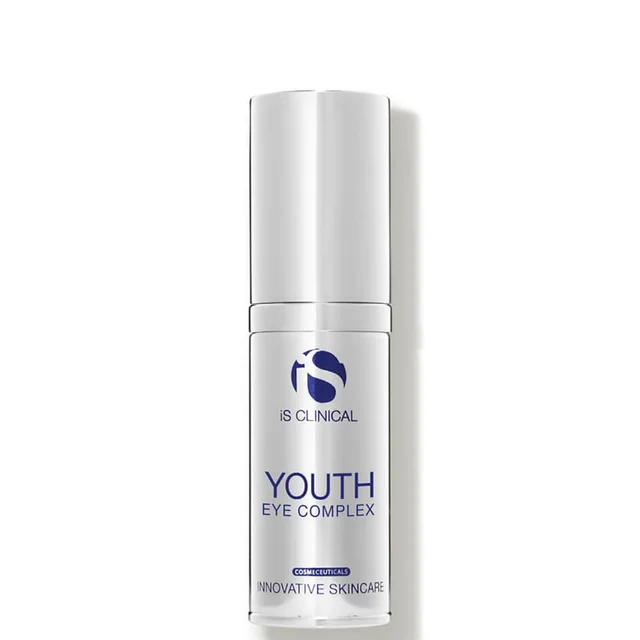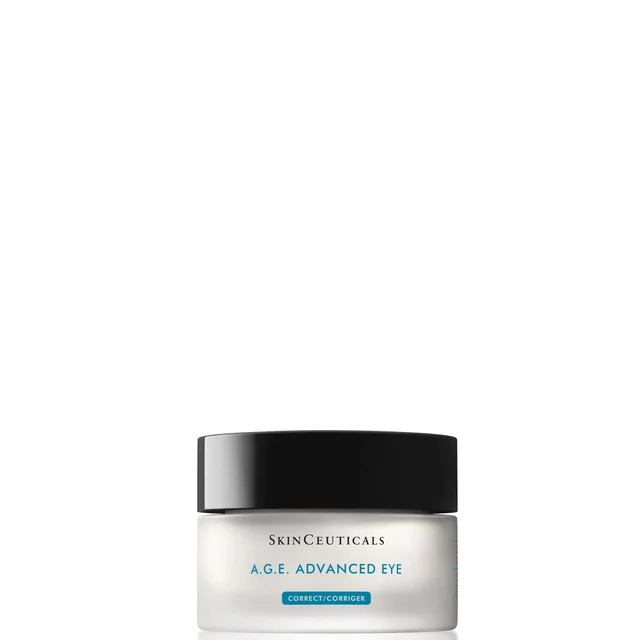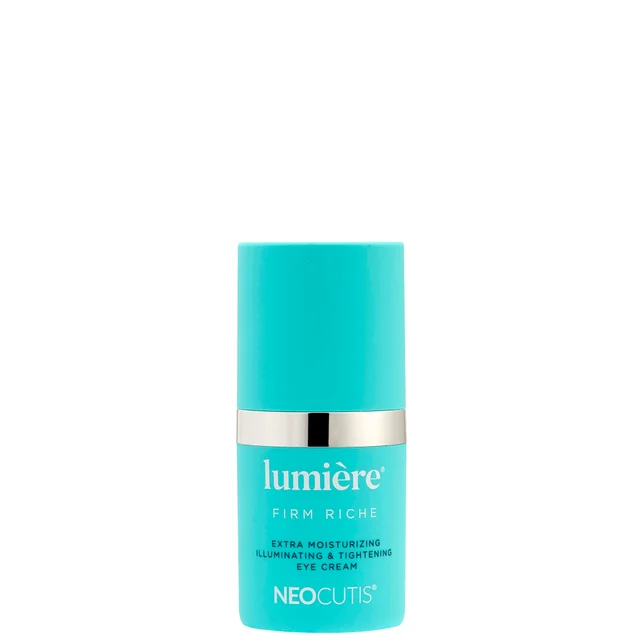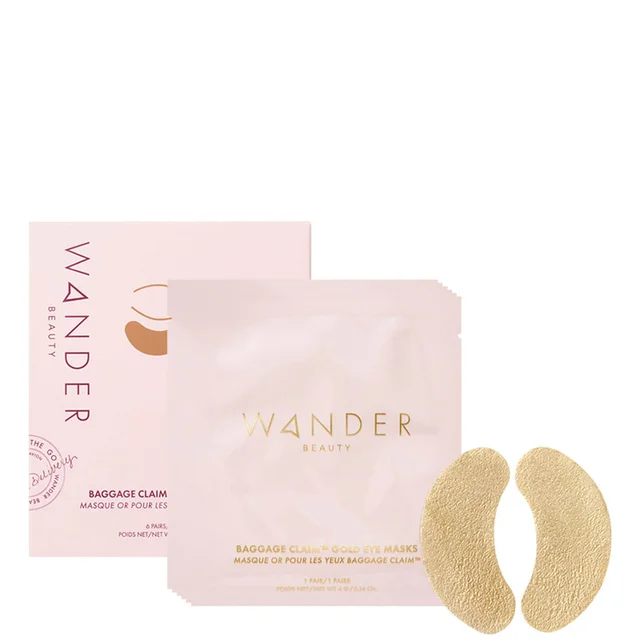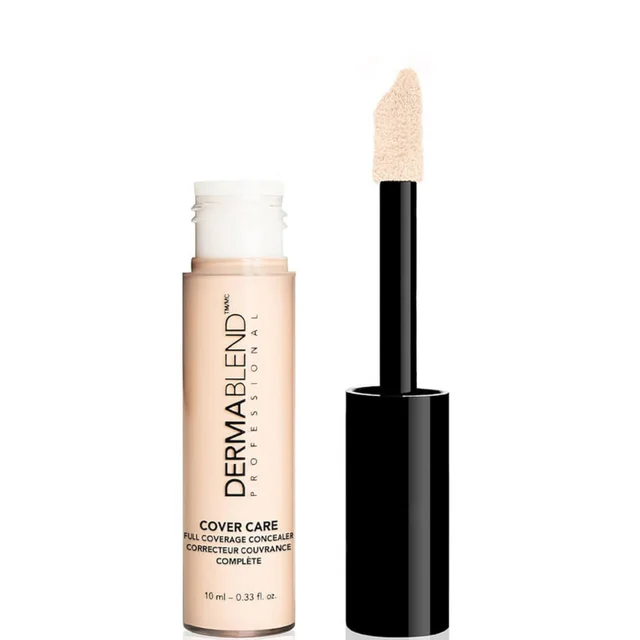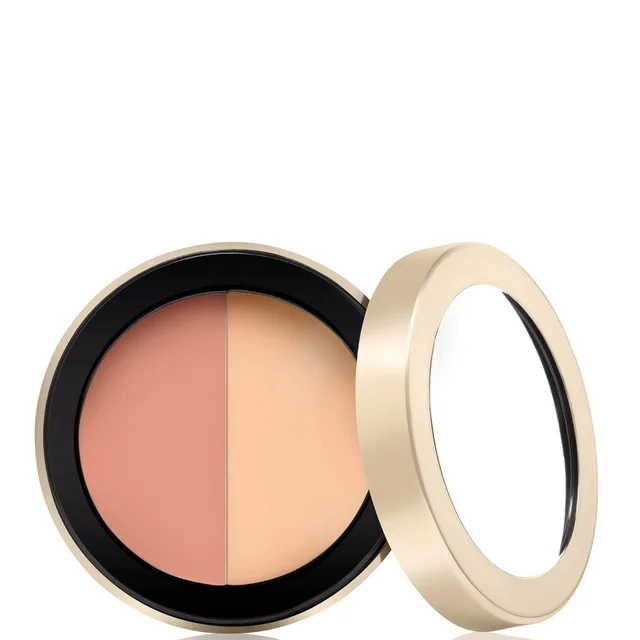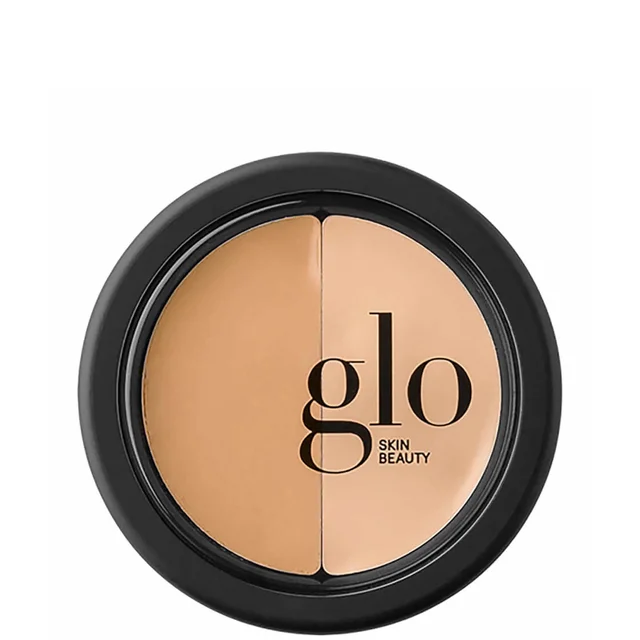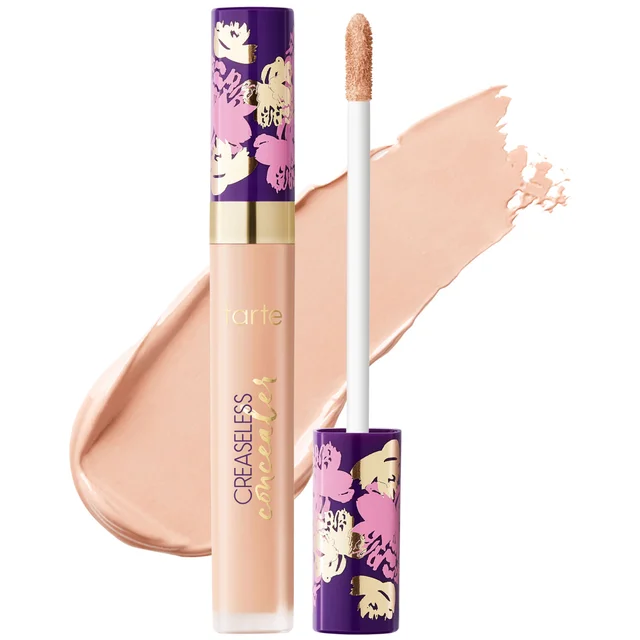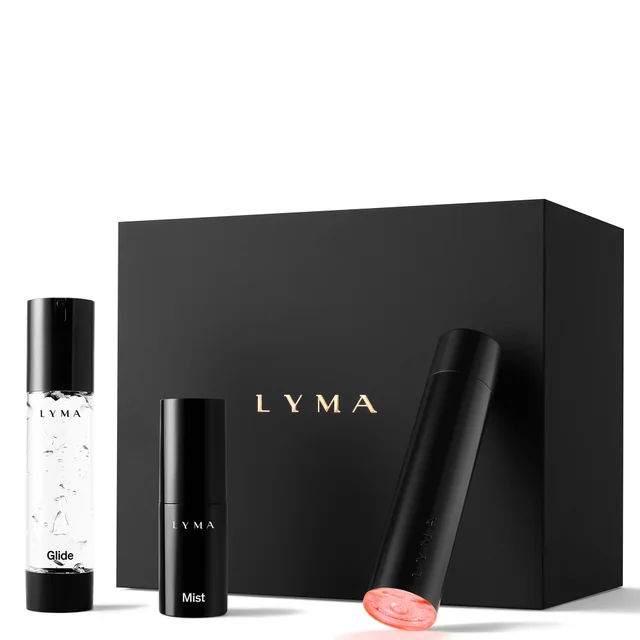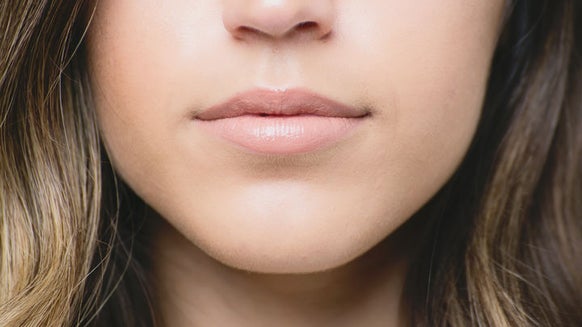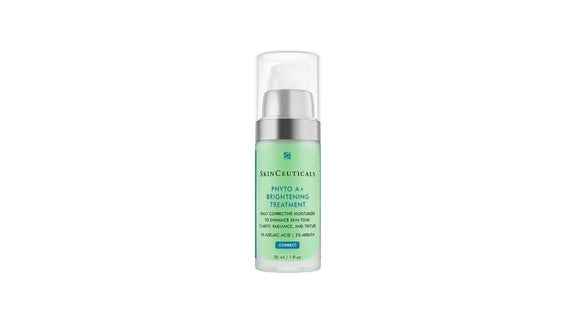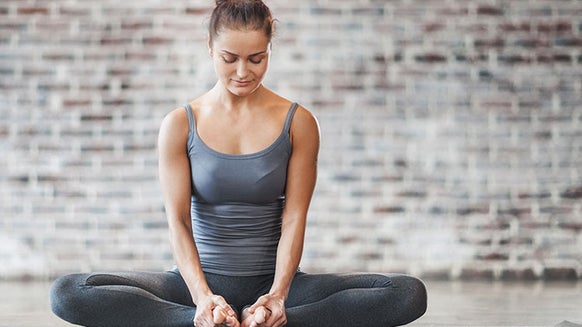The 12 Best Skincare Products to Get Rid of Dark Circles Under Your Eyes
Dark circles may be the bane of your existence, but they don’t have to be. No matter how much sleep you get and how many color-correcting concealers you have on hand, dark circles can seem like an uphill battle with no end in sight. However, if you want to know how to get rid of dark circles so that your eyes look alert, refreshed, rejuvenated, and youthful, all it takes is using the right skincare ingredients consistently and understanding why they occur so that you can finally fix them.
Meet the Expert:
- Dr. Connie Yang - Board-certified dermatologist, fellow of the American Academy of Dermatology, and member of Dermstore’s Medical Advisory Board
What Causes Dark Circles Under Your Eyes?
Dark undereye circles aren't limited to just one cause. While you may blame them on a lack of sleep—a common cause—other factors are equal contenders. Although dark circles aren't a sign of a medical condition and tend to occur as part of the natural aging process. They form when broken blood vessels are accompanied by pooling blood that causes darkness to come through the skin. That, along with a loss of collagen and elastin, causes skin thinning and makes dark circles under the eyes more prominent. According to dermatologist Dr. Connie Yang, MD, dark circles can also be caused by pigment in the skin, hollowing due to volume loss, and prominent veins in lighter skin types.
Then there’s also a vitamin deficiency component that can cause dark circles to manifest in some people. “A vitamin B12 deficiency can cause anemia and poor oxygenation of tissue, especially the thin skin in the delicate eye area, which can contribute to the appearance of dark circles,” Dr. Yang explains. “An iron deficiency can contribute to poor circulation, which can lead to congestion and pooling of fluid in the undereye area, making dark circles more prominent. Vitamin K is essential for blood clotting, a deficiency can lead to easy bruising, broken blood vessels around the eyes, and accumulation of blood in the undereye area.”
Dark circles under the eyes can also be caused by allergies, sun exposure, and a lack of hydration and essential nutrients.
Difference Between Dark Circles and Under-Eye Bags
While the under-eye terminology often comprises dark circles and under-eye bags, the two are often used interchangeably. In reality, dark circles and bags are two completely different issues. Dark circles give the delicate skin under the eyes a darkness that often appears gray, blue, purple, or even black. On the other hand, bags are caused by small pockets of protruding fat and cause a swollen or puffy look under the eyes. Both dark under-eye circles and bags can be annoying and bothersome, but the causes of each are also different.
When it comes to correcting dark under-eye circles, Dr. Yang shares that the most effective treatments are creams and serums that contain targeted active ingredients such as retinol, peptides, and vitamin C. “Under eye patches can help increase absorption and penetration of these ingredients. Targeted devices such as red light therapy masks can also help stimulate collagen production and improve the appearance of dark circles.”
How to Get Rid of Dark Circles Under Your Eyes
1. SkinMedica Instant Bright Eye Cream
This ultra-luxe, super-hydrating eye cream brightens stubborn dark circles under the eyes while firming the skin. Perfect for skin that needs a little help dealing with the hands of time, the unique formulation strengthens the skin while brightening it over a few weeks of use.
Key Ingredients: Phenylethyl resorcinol, hyaluronic acid, marine extracts, caffeine, Persian silk tree extract, St. Paul’s wort, flower stem cell extract
Skin Type: All skin types
Skin Benefits: Hydrating, brightening, supports a healthy skin barrier, improves puffiness, evens out the skin tone
Beauty Insider Tip: For even more of a brightening effect, pair the eye cream with SkinMedica’s Instant Bright Eye Mask for majorly youthful-looking eyes.
2. iS Clinical Youth Eye Complex
The ideal anti-aging eye treatment for targeting dark circles, fine lines, and puffiness, this all-inclusive formula works hard to improve the look of aging eyes for results that last all day. With its unique blend of peptides and antioxidants, the skin becomes stronger and more resilient, with increased moisture and enhanced smoothness.
Key Ingredients: Peptides, hyaluronic acid, marine extremozyme
Skin Type: All skin types
Skin Benefits: Smooths, hydrates, reduces the look of fine lines and wrinkles, brightens
Beauty Insider Tip: Layer a bit of the treatment onto the lip area to reap the cream's line-reducing and skin-brightening benefits.
3. SkinCeuticals A.G.E. Advanced Eye Cream
Part of SkinCeutical's A.G.E. collection, this innovative eye cream targets all the common complaints that can cause the eyes to appear tired and in need of a major reset. It targets hard-to-brighten under-eye dark circles and smooths out puffiness and fine lines with a blend of caffeine and optical diffusers, which work across all skin tones, making this eye cream suitable for everyone.
Key Ingredients: Proxylane, wild fruit flavonoid blend, glycyrrhetininc acid, optical diffusers, caffeine
Skin Type: All skin types
Skin Benefits: Reduces the appearance of crow's feet, improves puffiness and dark circles, restores radiance to the eye area, hydrates
Beauty Insider Tip: Apply the cream to the eye area twice daily and extend out up to the browbone and the curve of the cheeks for a holistic rejuvenating effect.
4. Dr. Dennis Gross Skincare DRx SpectraLite EyeCare Max Pro Device
With this two-in-one light therapy treatment mask, you can soften the look of fine lines on the face while improving the appearance of dark under-eye circles and puffiness. The comfort-fitting advanced mask features blue and red LED lights to stimulate collagen production and strengthen thin, fragile skin under the eyes while reducing the look of pigmentation under and around the eye area.
Key Features: Light-emitting diodes (LED)
Skin Type: All skin types
Skin Benefits: Improves discoloration, smooths lines and wrinkles, increases collagen production, improves skin tone and texture, firms, clears up acne breakouts
Beauty Insider Tip: Unlike other types of LED devices, this FDA-cleared one doesn't require protective googles and is safe for the eyes.
5. Neocutis LUMIERE FIRM RICHE Extra Moisturizing Illuminating & Tightening Eye Cream
This ultra-rich hydrating eye cream fights discoloration under the eyes while renewing and smoothing the skin for a refreshed and revitalized appearance. As a bonus, the caffeine-infused formula also helps to reduce under-eye puffiness, while vitamin C delivers antioxidant protection.
Key Ingredients: Growth factors, peptides, vitamin C, caffeine
Skin Type: All skin types
Skin Benefits: Smooths and refreshes the skin, improves fine lines and wrinkles, reduces under-eye puffiness
Beauty Insider Tip: To reap the full benefits of the cream, pat or dab it onto the under eyes instead of rubbing it into the skin.
6. Wander Beauty Baggage Claim Eye Masks
Each of these gold foil eye masks brightens and hydrates the skin under the eyes, leaving them with a far more refreshed appearance. Each layer in the non-slip masks serves a unique purpose, providing maximum results that you can see and feel instantly.
Key Ingredients: Aloe leaf, calendula extract, peptides, amino acids, camu camu extract
Skin Type: All skin types
Skin Benefits: De-puffs, brightens the dark circles, hydrates, diminishes the appearance of fine lines and wrinkles, cools and soothes the skin, acts as a makeup prep
Beauty Insider Tip: Store the masks in the fridge for an added cooling effect.
7. Dermablend Cover Care Full Coverage Concealer
This long-wear concealer is a must-have to keep on rotation to make dark under-eye circles seemingly disappear in mere minutes. With its creamy yet lightweight formula, the nondrying, waterproof concealer sends dark circles packing with just one layer of makeup, guaranteed to stay put for hours on end.
Key Ingredients: Sunflower seed oil
Skin Type: All skin types
Skin Benefits: Waterproof, moisturizing, long-lasting
Beauty Insider Tip: Always use concealer under the eyes that is one to two shades lighter than your natural skin tone for more of a brightening and highlighting effect.
8. jane iredale Circle Delete Concealer
Nourish and tend to the thin skin under the eyes while covering up the darkness and other imperfections with this dual-toned concealer. Rich in antioxidants to further shield the skin from environmental damage, both creamy colors work to blend away discoloration, leaving behind a natural finish that's always flawless.
Key Ingredients: Sunflower seed oil, moringa butter, avocado oil, grape seed extract, green tea extract
Skin Type: All skin types
Skin Benefits: Waterproof, moisturizing, long-lasting
Beauty Insider Tip: Use the lighter color in the palette to make dark circles fade away.
9. tarte Maracuja C-Brighter Eye Treatment
This power-packed, supercharged eye cream helps to rejuvenate the under-eye area, breathing new life into the skin to eliminate the signs of tired, aging eyes, darkness, and discoloration. In addition to its brightening capabilities, the skin becomes firmer, smoother, and optimally hydrated, making dark circles less noticeable.
Key Ingredients: Plant extracts, maracuja, oat sugar, vitamin E, hyaluronic acid, squalene
Skin Type: All skin types
Skin Benefits: Refreshes the under eyes, camouflages the look of dark circles, fights free radicals, hydrates
Beauty Insider Tip: Use the eye treatment as an under-eye primer and apply it to the area before any eye makeup to help hydrate the skin so that your makeup glides on seamlessly.
10. Glo Skin Beauty Under Eye Concealer
Looking for a concealer that does more than the standard? Then make this brightening and correcting one a mainstay in your beauty routine. Powered by mineral pigments, the creamy concealer blends away unwanted pigments and tones under the eyes that can make them look tired, so that your dark circles are gone, and your skin look natural and not like its covered up with heavy makeup.
Key Ingredients: Vitamins A, C, E, green tea, safflower seed oil, mineral pigments
Skin Type: All skin types
Skin Benefits: Corrects discoloration, hides imperfections, calms, soothes, protects
Beauty Insider Tip: Use less concealer and get better coverage by applying foundation first and then the eye concealer.
10. tarte Cosmetics Creaseless Undereye Concealer
You know a concealer is good when it can tackle dark under-eye circles, redness, pimples, and even tattoos—and that's just what this creamy one is capable of. Even though the formula is waterproof, it's still super blendable, working to lighten up darkness for radiant-looking skin..
Key Ingredients: Maracuja
Skin Type: All skin types
Skin Benefits: Covers dark spots, doesn’t settle into fine lines, does not crease
Beauty Insider Tip: UConceal dark circles by applying three small dots of concealer starting at the inner half of the under eyes and blending it out toward the outer corners of the eye.
12. LYMA Laser Starter Kit Bundle
If topical skincare products don't improve your under-eye circles enough, try brightening them up with an at-home laser. Just a few minutes per day is all it takes to painlessly transform the skin's tone and texture for smoother, younger-looking eyes with less discoloration while also decreasing the appearance of crow's feet and lines around the eyes.
Key Features: Cold near-infrared laser
Skin Type: All skin types
Skin Benefits: Increases circulation, helps the skin retain moisture, increases skin cell activity and blood flow, leaves skin smoother and healthier
Beauty Insider Tip: There’s no pain or discomfort when using the LYMA laser due to how the laser is engineered and its advanced technology that removes intense heat before it reaches the skin.
Related Article: The Ultimate Guide to Using At-Home Lasers for the Best Skin of Your Life
FAQs
Does vitamin C help with dark circles?
Antioxidant-rich vitamin C can help with dark circles since it acts as a brightening agent by decreasing pigment production in the skin. No matter where you use vitamin C on the face, it can help lighten darkness and discoloration, including under the eyes. “Vitamin C is an excellent ingredient that helps treat pigmentation,” Dr. Yang says.
Is vitamin C or azelaic acid better to get rid of dark circles?
How to get rid of dark under-eye circles using azelaic acid and vitamin C depends on what your skin tolerates better and your personal preference. Azelaic acid is gentle on the skin. It helps create more evenly toned skin while lessening the look of hyperpigmentation without causing dryness. In contrast, vitamin C works well for spot-treating dark spots and stimulating collagen to improve skin texture under the eyes.
The Bottom Line
When it comes to how to get rid of dark circles once and for all, the proper skincare routine and plenty of patience are key. Sure, a handful of over-the-counter topical ingredients can dramatically improve dark under-eye circles, but getting plenty of sleep regularly, staying hydrated and limiting how much sun the skin around your eyes is exposed to are also healthy habits to follow. When lightening dark under-eye circles, patience is key since the skin needs time to respond to your new routine, so stick with it if brighter, more youthful-looking eyes are what you are after.

Elise Minton Tabin is an award-winning beauty journalist, editor, and beauty expert with more than 16 years of experience. She previously held the title of Executive Beauty Editor at NewBeauty magazine, where she reported on beauty, plastic surgery, anti-aging, health and wellness. She was also instrumental in the launch of the beauty supplement brand Hush & Hush. A self-professed beauty junkie and retinol and sunscreen pusher, Elise knows what’s new, what works and who’s the best to go for every procedure under the sun. Follow Elise on Facebook, Instagram, and on her beauty blog, elisetabin.com
